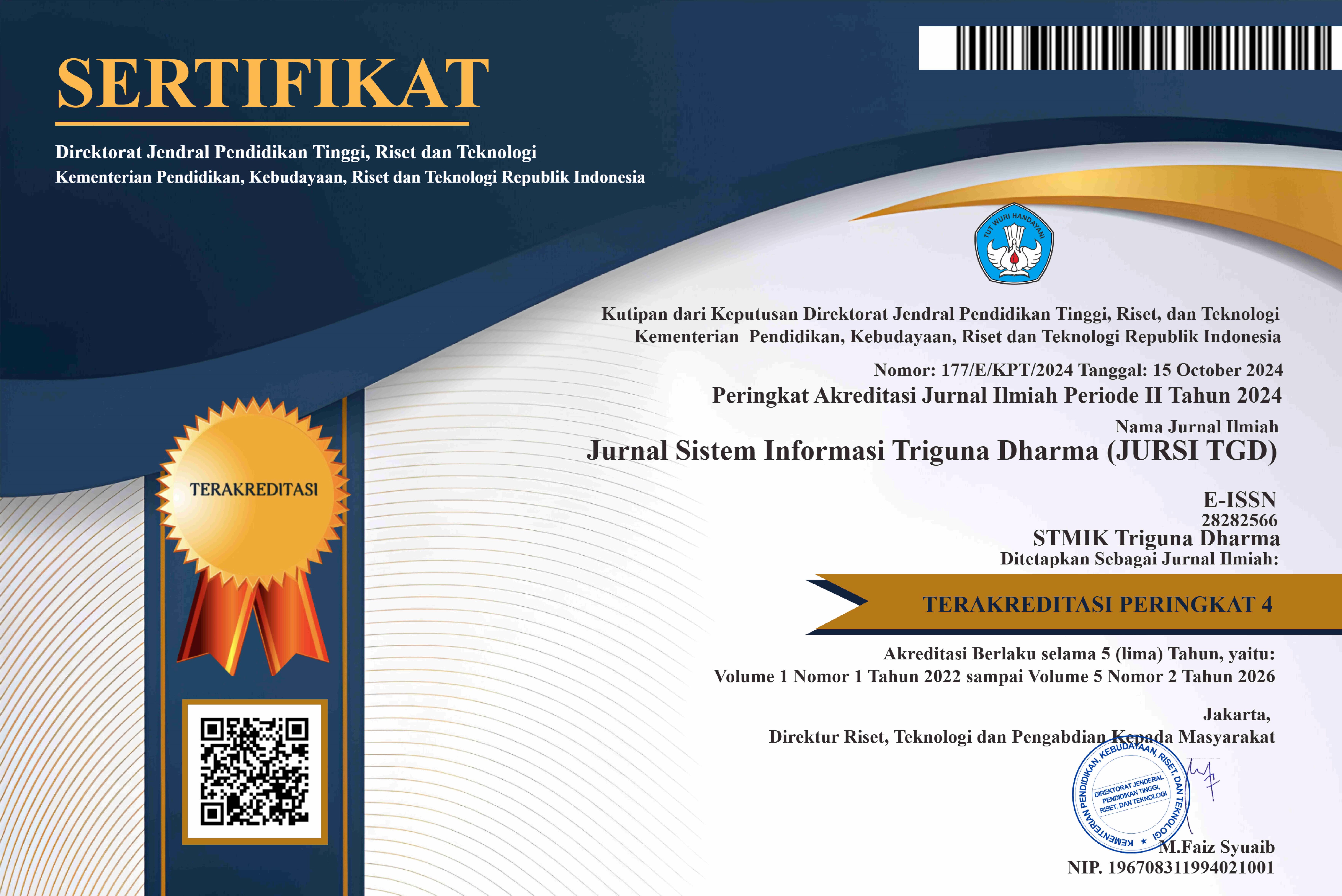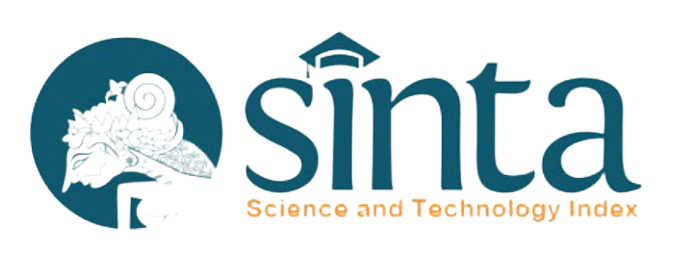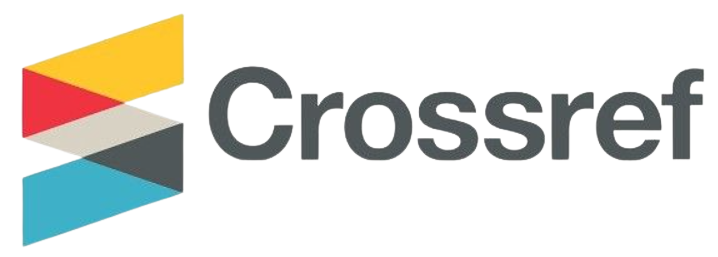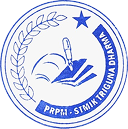Perbandingan Pendekatan Statistika dan Machine Learning dalam Peramalan Data Time Series
DOI:
https://doi.org/10.53513/jursi.v4i4.11429Keywords:
ARIMA, Harga Emas Dunia, Machine Learning, Statistika, Support Vector RegressionAbstract
Peramalan data time series berfungsi sebagai alat penting untuk memahami pola temporal dan memproyeksikan hasil di masa mendatang, terutama dalam konteks menghadapi ketidakpastian global. Secara umum, peramalan dapat dilakukan dengan menggunakan pendekatan statistika atau machine learning (pembelajaran mesin). Studi ini membandingkan kinerja peramalan metode statistika (dengan AutoRegressive Integrated Moving Average atau ARIMA) dan metode pembelajaran mesin (dengan Support Vector Regression atau SVR). Variabel yang diteliti dalam studi ini adalah harga emas dunia. Estimasi parameter untuk model ARIMA dilakukan dengan menggunakan teknik Conditional Least Squares, sedangkan parameter untuk model SVR dipilih melalui metode grid search. Hasilnya menunjukkan bahwa kedua model menghasilkan prediksi yang sangat akurat, dengan nilai Mean Absolute Percentage Error (MAPE) sebesar 6,59% untuk ARIMA dan 2,38% untuk SVR. Namun, terdapat perbedaan antara kedua pendekatan tersebut dalam hal asumsi model yang mendasari dan prosedur inferensi. Oleh karena itu, pilihan metode peramalan harus mempertimbangkan sejumlah faktor, tidak hanya karakteristik data, tetapi juga tujuan dan persyaratan khusus yang ditetapkan peneliti.
References
D. Liang, D. A. Frederick, E. E. Lledo, N. Rosenfield, V. Berardi, E. Linstead, and U. Maoz, "Examining the utility of nonlinear machine learning approaches versus linear regression for predicting body image outcomes: The U.S. Body Project I," Body Image, vol. 41, pp. 32–45, 2022, doi: 10.1016/j.bodyim.2022.01.013.
A. R. S. Parmezan, V. M. A. Souza, and G. E. A. P. A. Batista, "Evaluation of statistical and machine learning models for time series prediction: Identifying the state-of-the-art and the best conditions for the use of each model," Information Sciences, vol. 484, pp. 302–337, 2019, doi: 10.1016/j.ins.2019.01.076.
H. Oukhouya, "Modeling and forecasting the Morocco stock index 20: A Comparative Study of ARIMA, SVR, and MLP Models," RPubs, 2023. [Online]. Available: https://rpubs.com/HassanOUKHOUYA/modeling_forecasting_times_series
K. Szostek, D. Mazur, G. Dralus, and J. Kusznier, "Analysis of the effectiveness of ARIMA, SARIMA, and SVR models in time series forecasting: A case study of wind farm energy production," Energies, vol. 17, no. 19, p. 4803, 2024, doi: 10.3390/en17194803.
V. M. Ngo, P. V. Nguyen, and Y. H. Hoang, "The impacts of geopolitical risks on gold, oil, and financial reserve management," Resources Policy, vol. 90, p. 104688, Mar. 2024, doi: 10.1016/j.resourpol.2024.104688.
M. K. Ridwan, F. Sadik, and M. Afendi, "Comparison of ARIMA and GRU models for high-frequency time series forecasting," Scientific Journal of Informatics, vol. 10, no. 3, pp. 389–400, 2023, doi: 10.15294/sji.v10i3.45965.
M. Y. Urrochman, H. Asyari, and F. A. Hizham, "Performance comparison of random forest regression, SVR models in stock price prediction," Journal of Computing and Information System, vol. 21, no. 1, 2025, doi: 10.33480/pilar.v21i1.6072.
S. S. Wulandari, Sufri, and S. Yurinanda, "Penerapan metode ARIMA dalam memprediksi fluktuasi harga saham PT Bank Central Asia Tbk," Jurnal Ilmiah Matematika dan Pendidikan Matematika, vol. 11, no. 1, 2021, doi: https://doi.org/10.36456/buanamatematika.v11i1.3560.
V. A. Handayani, E. Sulistyono, H. Sunarsono, A. Arafi, and D. S. Harahap, "ARIMA (p, d, q) modeling for predicting exports of fresh and chilled fish based on market conditions and main destination countries: The case of Indonesia 2012–2022," Statistika, vol. 24, no. 1, pp. 83–92, 2024, doi: 10.29313/statistika.v24i1.3376.
D. I. Purnama and S. Setianingsih, "Support vector regression (SVR) model for forecasting number of passengers on domestic flights at Sultan Hasanudin airport Makassar," Jurnal Matematika, Statistika dan Komputasi, vol. 16, no. 3, 2020, doi: 10.20956/jmsk.v16i3.9176.
S. Kim and H. Kim, "A new metric of absolute percentage error for intermittent demand forecasts," International Journal of Forecasting, vol. 32, no. 3, pp. 669–679, 2016, doi: 10.1016/j.ijforecast.2015.12.003.
J. J. Montano, A. Palmer, A. Sese, and B. Cajal, "Using the R-MAPE index as a resistant measure of forecast accuracy," Psicothema, vol. 25, no. 4, pp. 500–506, 2013, doi: 10.7334/psicothema2013.23.
W. Rahmalina and S. Puspita, "Pemodelan seasonal autoregressive integrated moving average untuk memprediksi jumlah kasus COVID-19 di Padang," Jurnal Matematika Integratif, vol. 17, no. 1, pp. 23–31, 2021, doi: 10.24198/jmi.v17.n1.32024.23-31.
C. Andreas, I. A. Rahmayanti, and S. M. Ulyah, "The Impact of US-China trade war in forecasting the gold price using ARIMAX model," in AIP Conf. Proc., vol. 2329, p. 060011, 2021, doi: 10.1063/5.0042361.
C. Andreas et al., "Comparison study using ARIMAX and VARX in cash flow forecasting," in AIP Conf. Proc., vol. 2641, p. 030023, 2022, doi: 10.1063/5.0118519.
H. Hassani, L. M. Mashhad, M. Royer-Carenzi, M. R. Yeganegi, and N. Komendantova, "White noise and its misapplications: Impacts on time series model adequacy and forecasting," Forecasting, vol. 7, no. 1, p. 8, 2025, doi: 10.3390/forecast7010008.
A. N. Safira, B. Warsito, and A. Rusgiyono, "Analisis support vector regression (SVR) dengan algoritma grid search time series cross validation untuk prediksi jumlah kasus terkonfirmasi COVID-19 di Indonesia," Jurnal Gaussian, vol. 11, no. 4, pp. 512–521, 2023, doi: 10.14710/j.gauss.11.4.512-521.
H. A. Adam et al., "Comparison of ARIMA and LSTM models in stock price forecasting: A case study of GOTO.JK," Journal of Informatics and Telecommunication Engineering, vol. 8, no. 1, Jul. 2024, doi: 10.31289/jite.v8i1.11841.
E. Riwayadi, H. Suprajitno, and Miswanto, "Comparative analysis of ARIMA and Support Vector Regression for demand forecasting and spare parts management in cold fleet repair and maintenance," in Proc. Int. Conf. Innovations in Social Sciences Education and Engineering, 2024.
Downloads
Published
Issue
Section
License
Copyright (c) 2025 Jurnal Sistem Informasi Triguna Dharma (JURSI TGD)

This work is licensed under a Creative Commons Attribution 4.0 International License.




















